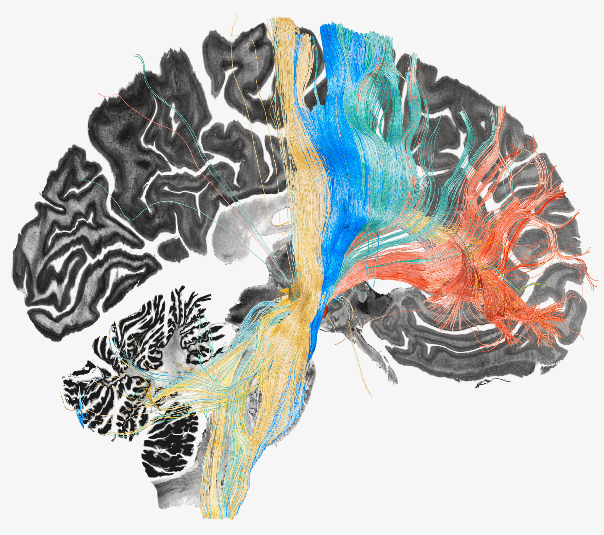Mass Basic Brigham researchers recognized units of connections which might be disrupted and malfunctioning as a consequence of Parkinson’s illness, dystonia, obsessive compulsive dysfunction and Tourette’s syndrome.

A brand new examine led by investigators from Mass Basic Brigham demonstrated the usage of deep mind stimulation (DBS) to map a ‘human dysfunctome’ — a group of dysfunctional mind circuits related to completely different issues. The group recognized optimum networks to focus on within the frontal cortex that could possibly be used for treating Parkinson’s illness, dystonia, obsessive compulsive dysfunction (OCD) and Tourette’s syndrome. Their outcomes are revealed in Nature Neuroscience.
“We have been in a position to make use of mind stimulation to exactly establish and goal circuits for the optimum remedy of 4 completely different issues,” stated co-corresponding creator Andreas Horn, MD, PhD, of the Heart for Mind Circuit Therapeutics within the Division of Neurology at Brigham and Girls’s Hospital and the Heart for Neurotechnology and Neurorecovery at Massachusetts Basic Hospital. “In simplified phrases, when mind circuits change into dysfunctional, they might act as brakes for the precise mind capabilities that the circuit normally carries out. Making use of DBS could launch the brake and will partially restore performance.”
Connections between the frontal cortex within the forebrain and basal ganglia, constructions positioned deeper within the mind, are recognized to manage cognitive and motor capabilities. If mind issues happen, these circuits could change into affected, and their communication could change into overactive or malfunction. Earlier research have proven that electrically stimulating the subthalamic nucleus, a small area within the basal ganglia that receives inputs from all the frontal cortex, will help alleviate signs of those issues.
To know this relationship higher, the authors analyzed information from 534 DBS electrodes in 261 sufferers from throughout the globe. Of this cohort, 70 sufferers have been identified with dystonia, 127 with Parkinson’s illness, 50 with OCD and 14 with Tourette’s syndrome. Utilizing software program developed by Horn’s group, the researchers mapped the exact location of every electrode and registered outcomes to a standard reference atlas to match areas throughout sufferers. The researchers used laptop simulations to map tracts that have been activated in sufferers with optimum or suboptimal outcomes.
Utilizing these outcomes, they have been in a position to establish particular mind circuits that had change into dysfunctional in every of the 4 issues, similar to these mapping to sensorimotor cortices in dystonia, the first motor cortex in Tourette’s, the supplementary motor cortex in Parkinson’s illness and elements of the cingulate cortex in OCD. Notably, the recognized circuits partially overlapped, implying that interconnected pathways are disrupted in these issues.
Additional, the investigators have been in a position to apply these findings to wonderful tune DBS therapies and reveal preliminary improved leads to three instances, together with one at Massachusetts Basic Hospital, a founding member of Mass Basic Brigham. This affected person, a feminine in her early 20s, was identified with extreme, treatment-resistant OCD involving obsessions about meals and water consumption, together with compulsive pores and skin choosing. Following electrode implantation and focused stimulation, the researchers have been in a position to present a big enchancment in her signs one month after remedy.
Aside from the three sufferers that have been examined prospectively, the examine was a retrospective evaluation of knowledge aggregated from a number of facilities. Additional research are wanted to validate findings in potential trend.
We are able to take this system additional and finely segregate dysfunctional circuits to be able to have higher influence with remedy. For instance, with OCD, we are able to have a look at isolating circuits for obsessions versus compulsions and so forth.”
Barbara Hollunder, MSc, Lead Writer, Motion Problems and Neuromodulation Unit, Division of Neurology, Charité – College Medication Berlin
Supply:
Journal reference:
Hollunder, B., et al. (2024) Mapping Dysfunctional Circuits within the Frontal Cortex Utilizing Deep Mind Stimulation. Nature Neuroscience. doi.org/10.1038/s41593-024-01570-1.

